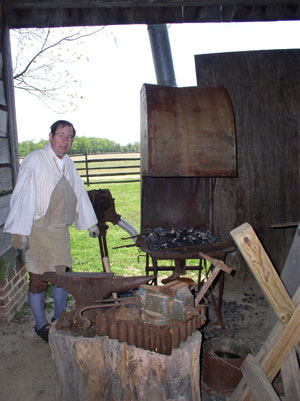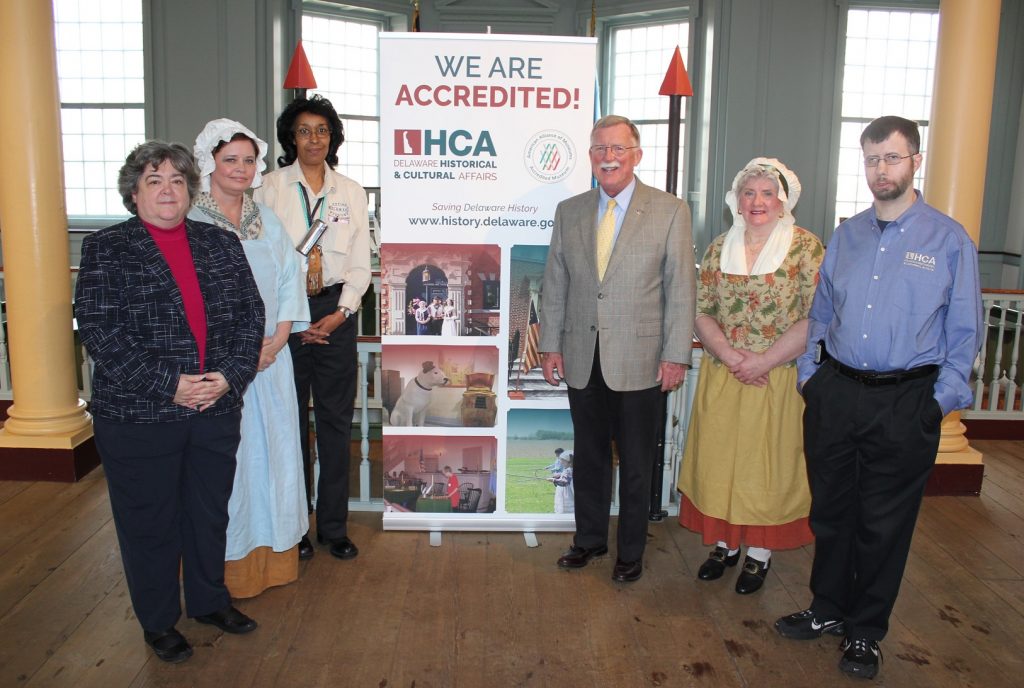Planning for preservation: HCA unveils new strategic plan
From the Fenwick Lighthouse to Delaware’s Revolutionary War battlefield at Cooch’s Bridge, preserving Delaware’s history relies on thoughtful planning. With thousands of artifacts and hundreds of sites, it’s critical for the Delaware Division of Historical and Cultural Affairs to use a strategic approach to preserving, restoring and sharing Delaware history.
With support and input from over 200 experts and Delawareans, the agency is proud to unveil the Delaware Division of Historical and Cultural Affairs 2022-2026 Strategic Plan this year in hopes of creating a more diverse and inclusive way for residents and visitors to connect with the past.



This plan provides direction for the Division’s priorities over the next five years by focusing on five key goals that should be at the core of operations and planning:
- Goal 1: Engagement and Outreach
- Goal 2: Visibility and Awareness
- Goal 3: Diversity, Equity, Accessibility, Inclusion
- Goal 4: Stewardship
- Goal 5: Strengthening Staff
Showing people how Delaware history is meaningful to their modern lives gives new generations the opportunity to explore the diversity of historical and cultural perspectives from the First State. It is the Division’s duty to collect and preserve the tangible and intangible cultural heritage of all Delawareans, and this plan offers state historians guidance on exactly how to do that in the years to come.

“Our colleagues at HCA have completed this important plan during the most challenging of times. This strategic plan provides our road map for the next five years, and we are grateful for the knowledge, insight, and time so many people contributed to this,” said Division Director Timothy Slavin. “Our work in the field of history and historic preservation is important to so many people — we accept that responsibility and the challenges which this plan identifies.”
This plan outlines specific goals and the steps needed to reach those goals, such as telling more diverse stories in inclusive ways, developing a communication strategy that encourages collaborative contributions of historical knowledge and stories and identifying potential sites for future preservation. The Division also strives to ensure that the content it provides through exhibits, programs and education is inclusive of different cultures and available to all ages and abilities.


